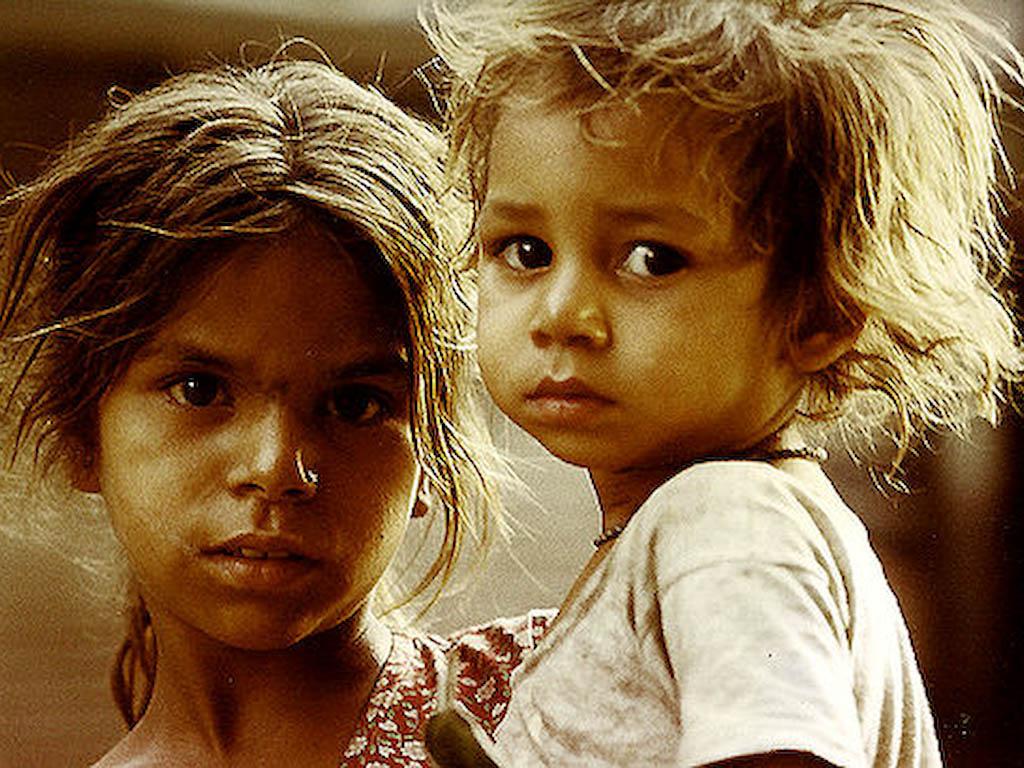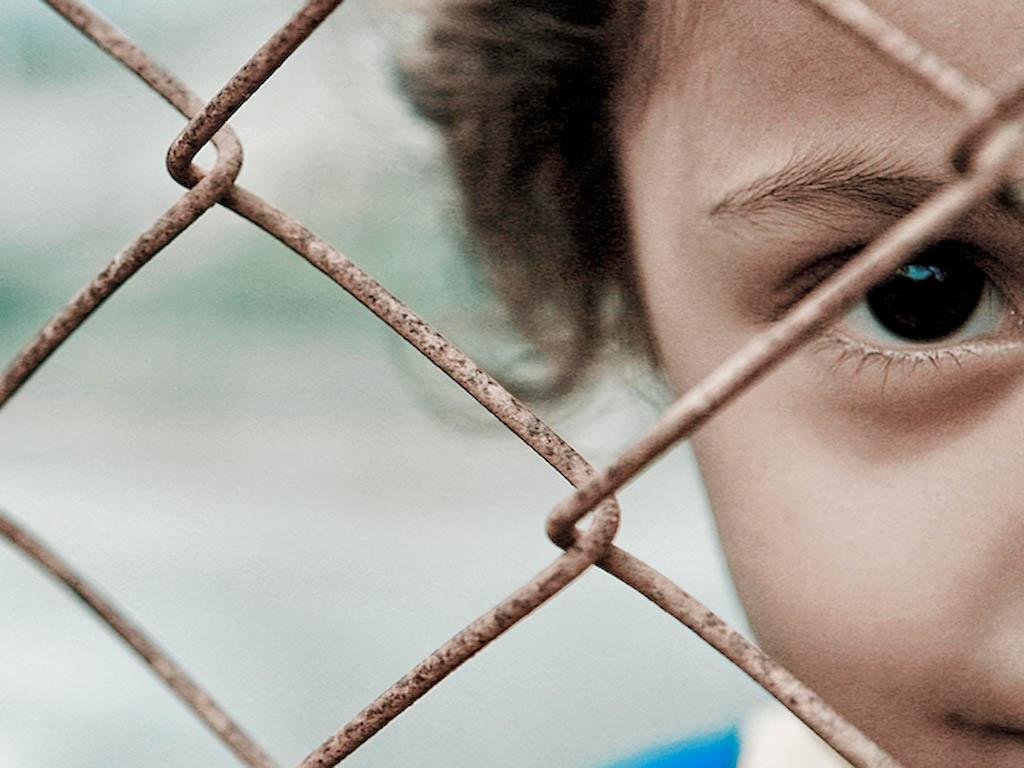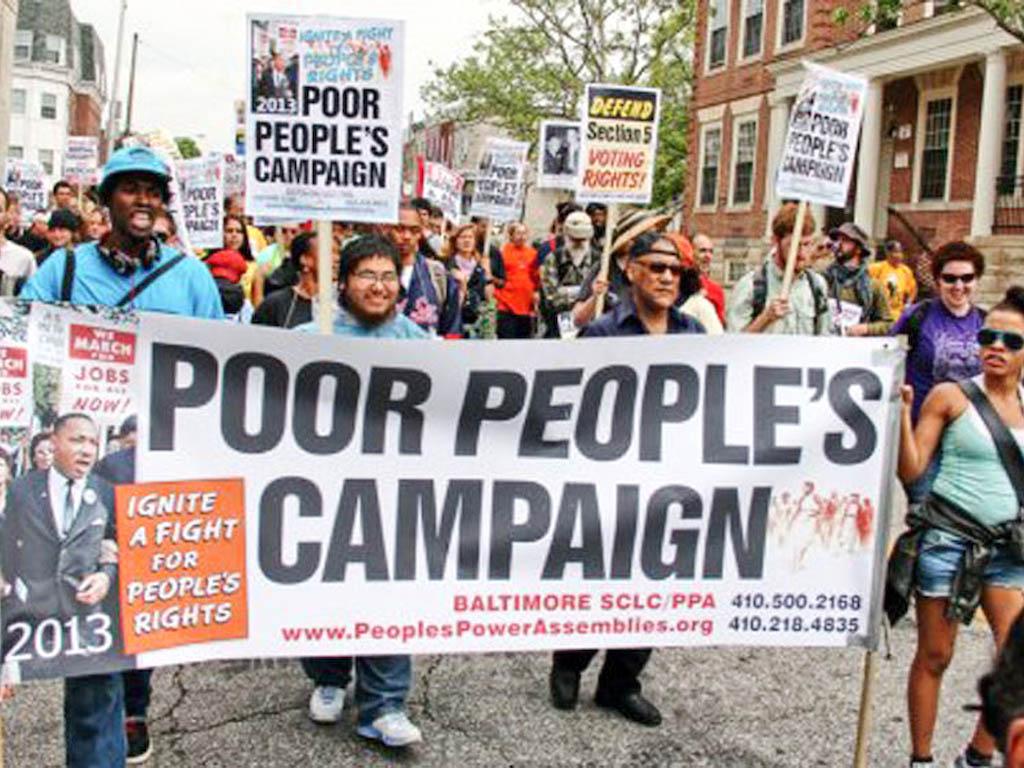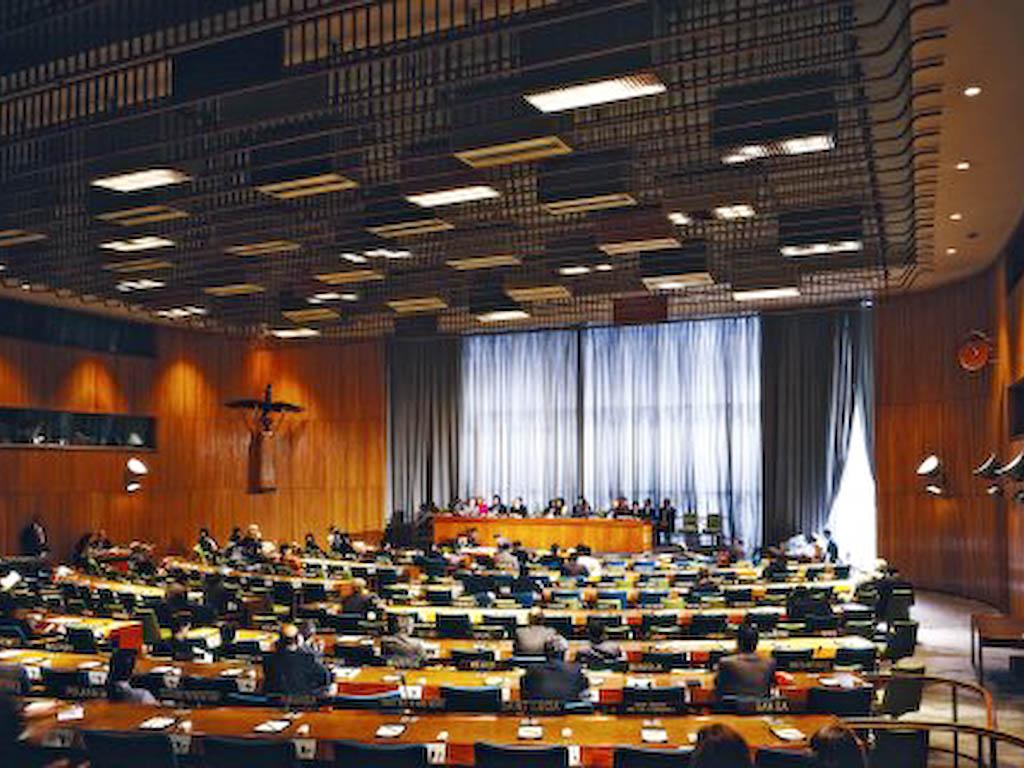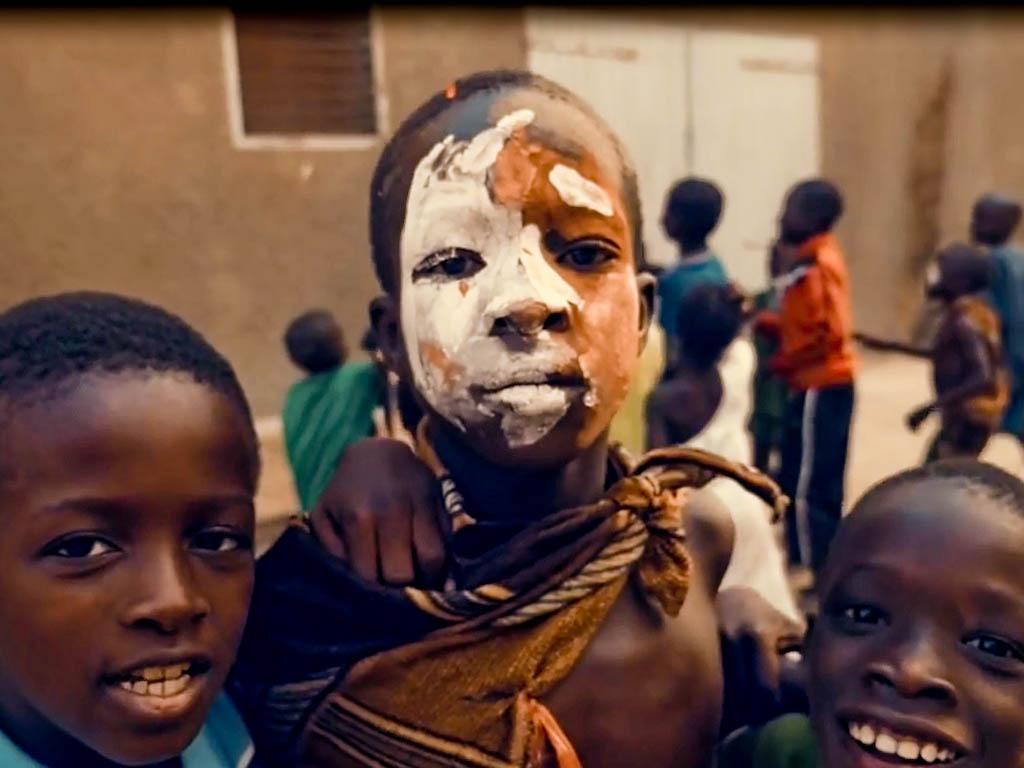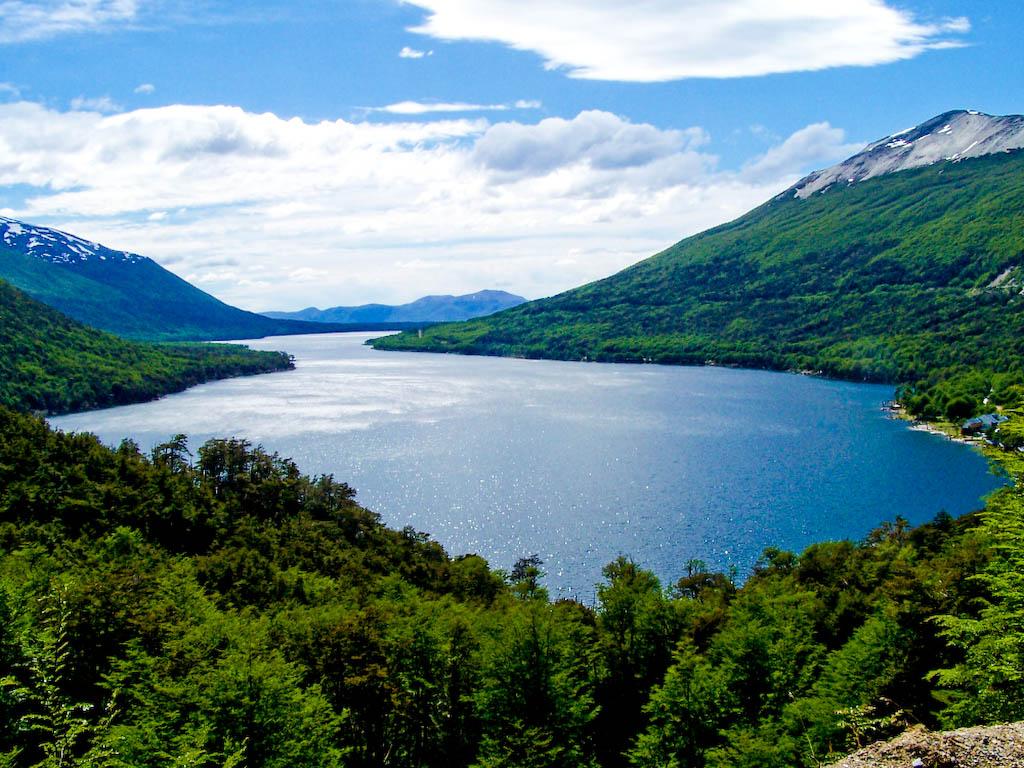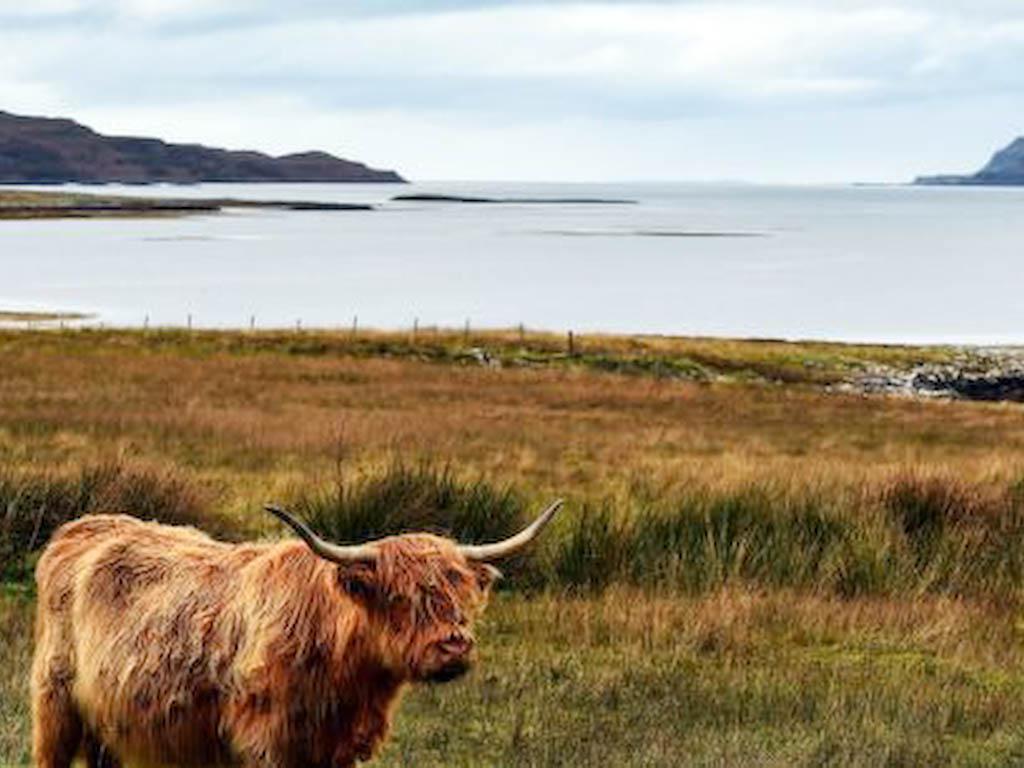Jpic News from John Paul Blog - Vol. 6 - N 7-8
|
THE NEWS OF THE MONTH
Ethical issues or social dilemmas?Abortion, birth control, use of contraception, "demographic winter", individual freedom and the common good: are these ethical issues that emanate from natural moral or social problems that the state must resolve? A few years ago in the United States pro-life activists outside abortion clinics were shooting, and willing to kill, abortion doctors. An ethical absurdity: wanting to defend life and willing to kill. The ethical sense was, and it is, silenced by an agonizing social problem: a society without children has no future. Deaths outnumber births in Spain, fewer and fewer children, and the day will come when none is born. Our societies have less and less future. The "demographic winter" will have a high cost in the pension system, since there will be a smaller active population and a sterile society condemns itself to death. Those US activists defended themselves by saying: "It is a war of self-defense, of survival. Who kills our unborn children, kills our future, and kills our guarantee of life as a society." However, can the rights of the community predominate over the individual decisional freedom, over the right of a couple or a woman’s self-determination? This is a contested principle, however assumed as valid in the face of the democratic explosion fear. Countries like China and India responded by birth control whereas the United States - and the United Nations - promoted abortion, voluntary or mandatory via sterilization through "humanitarian" organizations. In China, the one child law came into force in 1979: some 40 years later, in 2017, the number of births has fallen by 3.5%, while the Chinese elderly in 2020 will be 400 million. The action of some countries comes along with a natural phenomenon of descending fertility in others. In Asia, this raises the concern about the economic and social consequences. The Asian Association for Population Development (APDA), studying the population of Japan, states: "The increase in population has been the main concern worldwide, while the risks of low birth rates and the consequent decrease in population were not foreseen until now." Without studies, governments have not paid attention to the matter (Solving Japan’s Fertility Crisis). Go on reading | |
|
THE GOOD NEWS
India Cracks Down on Human TraffickingThe Indian Union Cabinet has cleared the long-awaited Trafficking of Persons Bill. The bill will become a law once cleared by both houses of Parliament. The ambit of the proposed legislation transcends mere punitive action to encompass Prevention, Protection and Rehabilitation as well. All previous legislation dealing with human trafficking treated traffickers as well as the trafficked as criminals. It prevented the victims from coming forward to report the crime. The proposed new law, the first of its kind in India, will offer assistance and immediate protection to rescued victims entitling them to interim relief within 30 days. There are specific clauses to address the victims’ physical and mental trauma, education, skill development, health care, as well as legal aid and safe accommodation. For this purpose, a Rehabilitation Fund is being created. The National Investigation Agency, the country’s premier body combating terror, will perform the task of national anti-trafficking bureau. “It’s a victory for the 1.2 million people who participated in the 11,000 km long Bharat Yatra (India March) for this demand,” said the Nobel Laureate Kailash Satyarthi, referring to a month-long march he organized last year. The 2016 Global Slavery Index of an Australia-based human rights group, the Walk Free Foundation, estimates that 45.8 million people, including millions of children, are subject to some form of modern slavery, compared to 35.8 million in 2014, a concern that affects large swathes of South Asia. Human trafficking is the third largest organized crime violating basic human rights. Significantly, there is no international specific law so far to deal with this crime. Experts hope the proposed legislation will make India a pioneer in formulating a comprehensive legislation to combat the trafficking menace. At a whopping 18.35 million, India leads the global tally for adults and children trapped in this slavery. Thousands of women and children are trafficked within India as well as neighboring Nepal and Bangladesh. Some are enticed from villages and towns with false promises of gainful employment, while a large number are forcefully abducted. As trafficking is a highly organized crime involving interstate gangs, the bill proposes a district-level “anti-trafficking unit” with an “anti-trafficking police officer”, and a designated session court for speedy trials. The Bill divides offences into “trafficking” and “aggravated trafficking”. The former category carries a jail term of seven to 10 years while the latter can put the offenders in the clink for at least 10 years, extendable to life term imprisonment. Aggravated offences would include trafficking for the purpose of forced labor, of begging, of marriage, and administering chemical substance or hormones to a person for the purpose of early sexual maturity. The draft bill also proposes three years in jail for abetting, promoting and assisting trafficking. According to the National Crime Records Bureau, 8,100 cases of trafficking were recorded in India in 2016 with 23,000 trafficking victims being rescued in 2017. However, the figures fail to reflect the magnitude of the crime, as many victims do not register cases with the police for lack of legal knowledge or due to fear from traffickers. Moreover, the growing demands of a burgeoning services industry in India recruit the abducted without a system of proper vetting. This practice is directly responsible for the spiraling number of human trafficking cases reported in India. As part of the government’s larger mission to control trafficking, some measures are already underway. An online platform has been created to trace missing children and bilateral anti-human trafficking pacts have been signed with Bangladesh and Bahrain. The government is also working with charities and non-profit to train law enforcement officers. (See the original article by Neeta Lal, IPS, 9th April 2018) | |
|
THE WORST NEWS
The great beautyFew people know that the brilliance and the pearl effect of lipsticks, eye shadows, nail polish, and hair products, is due to the presence of mica, a friable mineral with a crystalline appearance that by virtue of its bright, thermal and chemical properties is used not only in the cosmetics industry, but also in paints, electronics and automobiles. Even fewer are those who know that a quarter of the world production of mica comes from India, the states of Jharkhand and Bihar, from 90% illegal mines that employ a large amount of child labor. A report just published by the Dutch institute Somo, Global Mining and the Impact on Children Rights, informs us that in India the minors employed in the mica extraction are around 22,000, many of them under twelve. Instead of going to school, they spend their days chopping mica chips, when they do not go down into the underground tunnels to detach the slabs and bring them to the surface. These children earn slave wages, as well as those of their fathers, who because of their miserable wages are forced to bring their children with them to work. Here, therefore, they are they among the stones, dusty, shabby and stunted small producers of mica that allow us to develop brilliant tricks. Already in 2016, the Reuters Foundation had published a report revealing their sad condition; this report pointed out that working children do not have to deal only with fatigue, but also with the dust that compromises their lungs and accidents sometimes so serious to cause injuries and mutilating fractures if not death (Watch the video The Ugly Face of Beauty: Is Child Labour the Foundation for your Makeup?). The Indian organization Bachpan Bachao Andolan, active against child labor, believes that in the mica mines a dozen people die every month, many of them minors. Go on reading | |
|
CELEBRATING!
30thJuly: World Day against Trafficking in PersonsSummer with its exotic trips and the World Football Cup are the “propitious” time for sexual exploitation of women and children and even young men. Moreover, trafficking in persons are carried out for other purposes including forced labor and domestic service. The International Labor Organization estimates that 21 million people are victims of forced labor globally. This estimate also includes victims of human trafficking for labor and sexual exploitation. While it is not known how many of these victims were trafficked, the estimate implies that currently, there are millions of trafficking in persons victims in the world. Every country in the world is affected by human trafficking, whether as a country of origin, transit, or destination for victims. Children make up almost a third of all human trafficking victims worldwide, according to the United Nations Office on Drugs and Crime Global Report on Trafficking in Persons. Additionally, women and girls comprise 71 per cent of human trafficking victims, the report states. In 2010, the General Assembly adopted the Global Plan of Action to Combat Trafficking in Persons, urging Governments worldwide to take coordinated and consistent measures to defeat this scourge. The Plan calls for integrating the fight against human trafficking into the UN’s broader programs in order to boost development and strengthen security worldwide. One of the crucial provisions in the Plan is the establishment of a UN Voluntary Trust Fund for victims of trafficking, especially women and children. The Trust Fund facilitates effective, on-the-ground assistance and protection to victims of trafficking, through grants to specialized NGOs. In the coming years, it aims to prioritize victims coming from a context of armed conflict and those identified among large refugee and migration flows. It will also focus its assistance to victims trafficked for the purpose of sexual exploitation, organ removal, forced begging, forced criminality and emerging exploitative purposes - e.g. skin removal, online pornography. In 2013, the General Assembly held a high-level meeting to appraise the Global Plan of Action. Member States also adopted resolution A/RES/68/192 and designated July 30 as the World Day against Trafficking in Persons. This resolution declared that such a day was necessary to “raise awareness of the situation of victims of human trafficking and for the promotion and protection of their rights.” In September 2015, the world adopted the 2030 Sustainable Development Agenda and embraced goals and targets on trafficking in persons. These goals call for an end to trafficking and violence against children; as well as the need for measures against human trafficking, and they strive for the elimination of all forms of violence against and exploitation of women and girls. Another important development is the UN Summit for Refugees and Migrants, which produced the groundbreaking New York Declaration. Of the nineteen commitments adopted by countries in the Declaration, three are dedicated to concrete action against the crimes of human trafficking and migrant smuggling. ‘Act to Protect and Assist Trafficked Persons’. This is the theme chosen this year by the United Nations Office on Drugs and Crime (UNODC) as the focus of the World Day. This topic highlights the most pressing issues of our time: the large mixed migration movements of refugees and migrants, the significant impact of conflict and natural disasters, as well as the resultant, multiple risks of human trafficking that many people face. It addresses the key issue concerning trafficking responses: that most people are never identified as trafficking victims and therefore cannot access most of the assistance or protection provided. To know more click here | |
|
TAKE ACTION NOW!
Resurrected Poor People's CampaignThe original Poor People's Campaign was inaugurated by Dr. Martin Luther King, Jr. in 1968 to be a "revolutionary movement" for "a radical redistribution of economic and political power." Beginning on May 13th and running for six weeks, thousands of people had participated in non-violent action in Washington, D.C. and in statehouses country-wide for the launch of a resurrected Poor People's Campaign. Dr. King had identified three evils — poverty, racism and militarism. The current movement adds one more evil, environmental degradation. The charge against the U.S. remains the same now as the 1968 campaign: "America values wealth more than people." About United States, William Barber, co-chair of the campaign with Liz Theoharis, said of the country, "We have the money, we don't have the moral capacity." Organizers have traveled around the country hosting training in nonviolent civil disobedience and recruiting people to protest the injustices named by Barber: "Deaths caused by lack of health insurance, the rollback of voting rights, corporate drilling on Native American lands, homelessness, police violence, an unlivable minimum wage, Flint's inability to provide its citizens with clean water, political corruption." Organizers say they are seeing people who were isolated becoming involved and believing they can make changes in their towns. Recruits are "young and old, jobless fathers, welfare mothers, farmers and laborers." In addition, while you do not have to be poor to participate, the leadership is expected to be of those directly affected. Organizers plan to develop leaders at the state level for every state in order to affect the national level. Carolyn Foster, who is working with the campaign in Alabama, said, "It is a bottom-up movement of people speaking for themselves. Organizers say that social movements may not achieve all their grand objectives; however, they deem their movement already successful because amazing grassroots leaders [are] coming together and staying together." They hope they can shift the narrative by the end of June such that people will be imagining bigger things that can be done. And they don't want to limit their imaginations to only what they currently think is politically possible. If you want to know more of the Poor People's Campaign, and to help mobilize in your community, using social media to recruit others or perhaps to be engaged in civil disobedience, visit: A moral agenda based on fundamental rights | |
|
KNOWING BETTER THE UN
The Trusteeship CouncilThe United Nations (UN) has six main organs: the General Assembly, the Security Council, the Economic and Social Council, the International Court of Justice, the Secretariat (with the Secretary General), and the Trusteeship Council. The latter is undoubtedly the least known, the least talked about and possibly the one that has produced the best changes in the lives of countries. To understand its functions, we need to take a step back in history. When the United Nations was founded in 1945, some 750 million people, nearly a third of the world's population, lived in Territories that were dependent on colonial Powers. Today, fewer than 2 million people live under colonial rule in the 17 remaining non-self-governing territories. The wave of decolonization, which changed the face of the planet, was born with the UN and represents the world body’s first great success. The international trusteeship system was established by the UN Charter. Affirming the principle of self-determination, the Charter describes the responsibility of States for territories under their administration as “a sacred trust” in which the interests of their inhabitants are paramount. To push the process of decolonization, the General Assembly, in 1960, adopted its landmark Declaration on the Granting of Independence to Colonial Countries and Peoples. The Declaration affirmed the right of all people to self-determination and proclaimed that colonialism should be brought to a speedy and unconditional end. Two years later, a Special Committee on Decolonization was established to monitor its implementation. The Charter also created the Trusteeship Council and assigned to it the task of supervising the administration of Trust Territories placed under the Trusteeship System. The main goals of the System were to promote the advancement of the inhabitants of Trust Territories and their progressive development towards self-government or independence. Go on reading | |
|
KEEP SMILING
Feel the Sounds of SenegalWelcome to Africa. Humanity, peace, health, history all in Africa becomes music. Music is life; it is life full of emotions and freshness. “The 3-weeks trip in Senegal allowed me to capture the culture of a people and feel the power and importance of music in a country where the joy of living trumps poverty,” says the author of this video. Full of images, touching and beautiful, resonant of homemade music, it brings back the emotions to those who lived in Senegal and gives an “I want to know it” to those who have not. Among the happiest countries ranked 15th in Africa, Senegal is rich in color, sound and wisdom: "Learn by hearsay is not reliable", says a local proverb. People are also full of fine humor: "Dear white brother, when I was born, I was black; when I grew up, I was black; when I am in the sun, I am black; when I am sick, I am black; when I die, I'll be black. And you, white man? When you were born, you were pink; when you grew up, you were white; when you go to the sun, you are red; when you are cold, you are blue; when you are afraid, you are green; when you are sick, you are yellow; when you die, you will be gray. So, of us two, who is the man of color?" (Senegal, anonymous). Watch here the video | |
|
MUST WATCH & KNOW
Winning communitiesArable land, used for entertainment and other recreational activities, could be used for agriculture to feed millions of South Africans who cannot afford a decent meal. Trying to safeguard the interests of the middle class by keeping that land for leisure instead of using it for the general good will not protect the interests of the middle class either. Reconstruction and Development Program (RDP) housing has been on the cards as long as the new government has been in power. And nowhere near have targets been met. More than that, the continued unequal geography of South Africa’s cities is indicative of the greater crisis facing the country, which needs a far greater solution. Cape Town International Airport is now surrounded by the ever-growing ocean of Khayelitsha’s shacks; proof of how the country has split between those who make and bake the economy and those who, forcibly excluded, take. It is into that split that the nation as a whole will slide, unless something is done. What if we started in the Cape’s middle class suburb of Durbanville? On the 465-metre-6th hole of the golf course we build a 44-storey, 22 units per floor, apartment block. Not the standard concrete tower, instead we craft a Boeri vertical forest, an indigenous garden that sucks CO2 and blows out oxygen – a food producing, bird and useful insect haven (See this video). Cape units would draw families mostly from Khayelitsha. Suddenly those that work together daily, oftentimes inside each other’s homes, would live together too. “The train of life is there, explained my gardener of years ago. “You know just enough to know you must catch that train! You fight so hard, throwing off ankle chains, gathering money, hug and run but it’s chugging away. Well-wishers exclaim, ‘there will be another to Johannesburg.’ Of course you make it, the resolve is there, but the onward links north, south, east and west at the-great-interchange-station have left; you are always one-more missed train behind.” Radicals, left and right, argue that there are too many people, and something needs to be done. True, so let’s provide opportunities, educate and train because those “too many” are here already. Go on reading | |
|
RESOURCES
Love the Earth as YourselfThe world was created by God so that all could have nourishment: “Food is not something to be consumed, but a gift of God to be shared”. God created a world in which the living could live and therefore find nourishment. The first pages of Genesis tell the story of creation. God entrusts food to humanity in the man/woman polarity: “See, I give you all the seed-bearing plants that are upon the whole earth, and all the trees with seed-bearing fruit; this shall be your food. And so it was. God saw all that he had made and indeed it was very good” (Gn. 1, 29). All the fruits of the earth are given to man but there is emphasis on grass and seed-bearing trees, immediately showing that the seed is not meant only to be eaten with the fruit, but can fall to earth. And this is a human action: sowing requires care and cultivation by man. This page of the Bible reveals a great truth: Mother Earth nourishes us, but we must practice ‘culture’ in the truest sense of the word: that is, we must cultivate it. Mother Earth is given to us as a garden to be cultivated, and it is written in the Bible: “The Lord God took the man and settled him in the Garden of Eden to cultivate and take care of it” (Gn. 2, 15). Here, nature and culture find the celebration of their eternally indissoluble link: a protective link that is respect, protection, intelligent and loving care. Yes, Mother Earth! Here we may detect the presence, even if not explicit, of a commandment: “Love the earth as yourself!” This earth is to be worked on with the sweat of one’s brow, but man draws life from it (Gn. 3, 17-19). Mother Earth generates food and life; the earth which, in the end, will receive our mortal bodies – since from the earth we were made. Food is, above all, the desire of God, good and beautiful. It is that which man earns by his work, and which man will make ever more capable of nourishing him and making him more human! Go on reading | |
|
WITNESSING
When a people is proud of its national inheritanceThere is, in Scotland, a little island called Ulva, one of 790 Scottish islands, almost all very beautiful. Most are situated in four archipelagos, but there are also groups of islands in the estuaries and in the many fresh water lochs (the Scottish word for ‘lakes’). Only about 100 are inhabited, because of the lack of services such as post, health centers and schools. |

Office P.O. Box 138 - Montclair NJ 07042 0138 US
Please share your suggestions, opinions, doubts and ideas writing to pezzijp@jpic-jp.org
You can subscribe also by writing to webmaster@jpic-jp.org
For all back issues www.combonimissionaries.org - www.comboni.org
Copyright © www.jpic-jp.org


